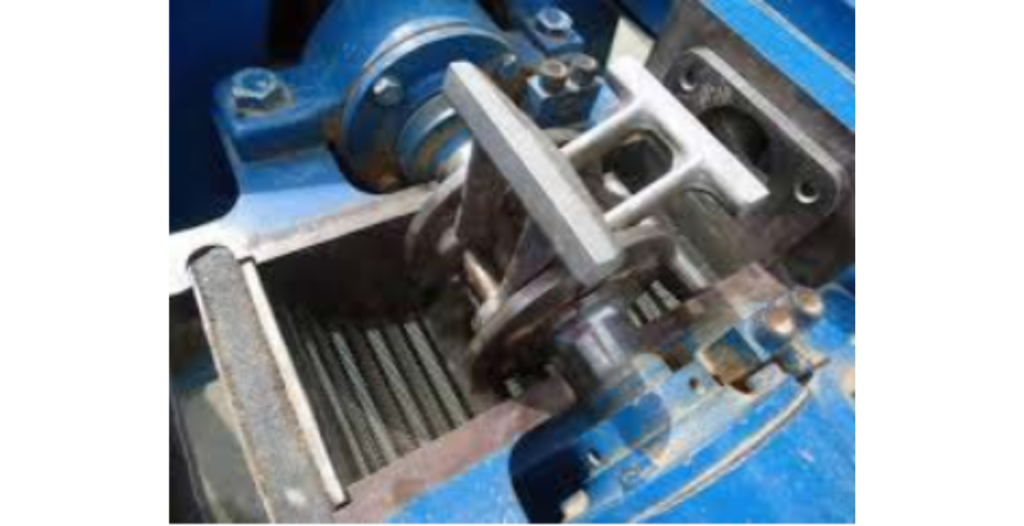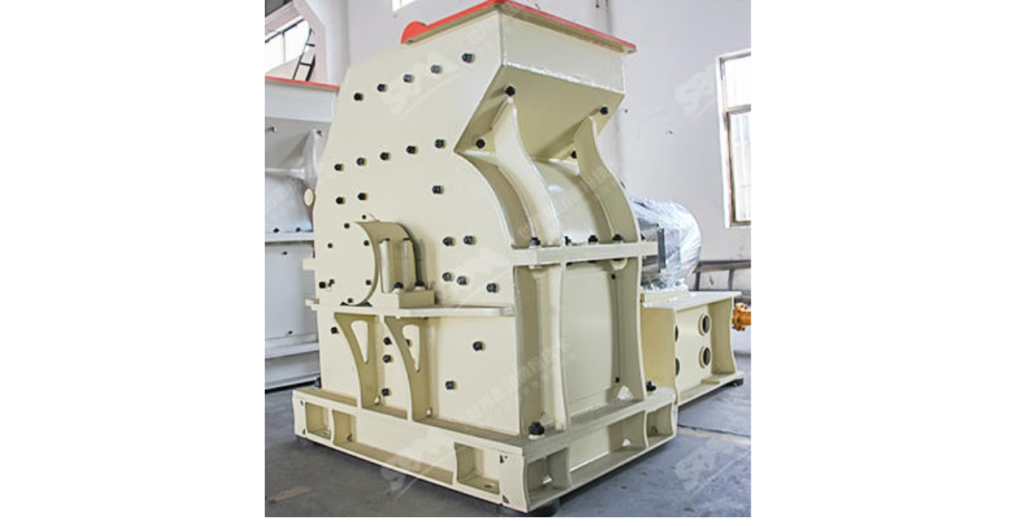GRINDING/MILLING/PARTICLE SIZE REDUCTION TECHNOLOGY & PRODUCTS
Pulverizer Type Hammer Mill
A Pulveriser Type Hammer Mill, often referred to simply as a hammer mill or hammer crusher, is a versatile size reduction machine used for grinding and pulverizing a wide variety of materials into smaller, more manageable particles. These machines are widely used in industries ranging from agriculture to pharmaceuticals. Below is a detailed overview of Pulverizer Type Hammer Mills, including their working principles, advantages, disadvantages, applications, materials of construction (MOC), and a summary: |
| Working Principles: |
| The working principle of a Pulverizer Type Hammer Mill involves the following steps: |
| Feeding: The material is introduced into the mill through a hopper or a conveyor. |
| Impact and Grinding: Inside the mill, a high-speed rotor equipped with hammers or beaters rotates. The material is fed into the grinding chamber and subjected to repeated impact, collision, and grinding between the hammers and the material itself. |
| Size Reduction: The combination of impact and grinding forces reduces the material to the desired particle size, typically in the form of small particles or powder. |
| Screening and Classification: Some hammer mills have an integrated screen or classifier that separates fine particles from coarser ones, allowing for controlled particle size distribution. |
| Discharge: The ground material is discharged from the mill, often via a conveyor or directly into a collection vessel. |

| Advantages: |
| Versatility: Pulverizer Type Hammer Mills can process a wide range of materials, including grains, spices, herbs, minerals, and even tough or fibrous substances. |
| High Efficiency: These machines are capable of high throughput and rapid size reduction due to the impact and grinding action. |
| Customizable Particle Size: The final particle size can often be controlled by adjusting the speed of the rotor, the size of the screen, or the choice of hammers. |
| Ease of Maintenance: Hammer mills are relatively simple in design and easy to maintain. |
| Wide Range of Applications: They find use in diverse industries, from agriculture (for grinding grains) to pharmaceuticals (for milling active ingredients). |
| Disadvantages: |
| Dust Generation: Hammer mills can generate dust, which may require a dust collection system for hygiene and safety. |
| Noise: The high-speed operation can generate noise, which may require noise control measures in some settings. |
| Energy Consumption: Hammer mills can consume a significant amount of energy, especially when processing tough or hard materials. |
| Limited for Heat-Sensitive Materials: These mills can generate heat during operation, which may be a concern for heat-sensitive materials. |

| Applications: |
| Pulverizer Type Hammer Mills find applications in various industries, including: |
| Agriculture: For grinding grains, cereals, and crop residues into animal feed. |
| Food Industry: In the production of spices, herbs, and food additives. |
| Pharmaceuticals: For milling active pharmaceutical ingredients (APIs) and excipients. |
| Chemical Industry: In the processing of chemicals, pigments, and various raw materials. |
| Minerals and Mining: For reducing the size of minerals and ores. |
| Materials of Construction (MOC): |
| The choice of materials for Pulverizer Type Hammer Mills depends on the specific application and the materials being processed. Common materials of construction include: |
| Carbon Steel: Often used for the main structure and hammer components. |
| Stainless Steel: Used for components that require corrosion resistance, such as those in the food or pharmaceutical industries. |
| Hardened Alloys: For hammers or beaters to handle wear and abrasion. |

Summary:
A Pulverizer Type Hammer Mill is a versatile size reduction machine used for grinding and pulverizing various materials. It operates by using a high-speed


 Sales & Marketing:
Sales & Marketing:  Service Supports:
Service Supports:  Website:
Website: 